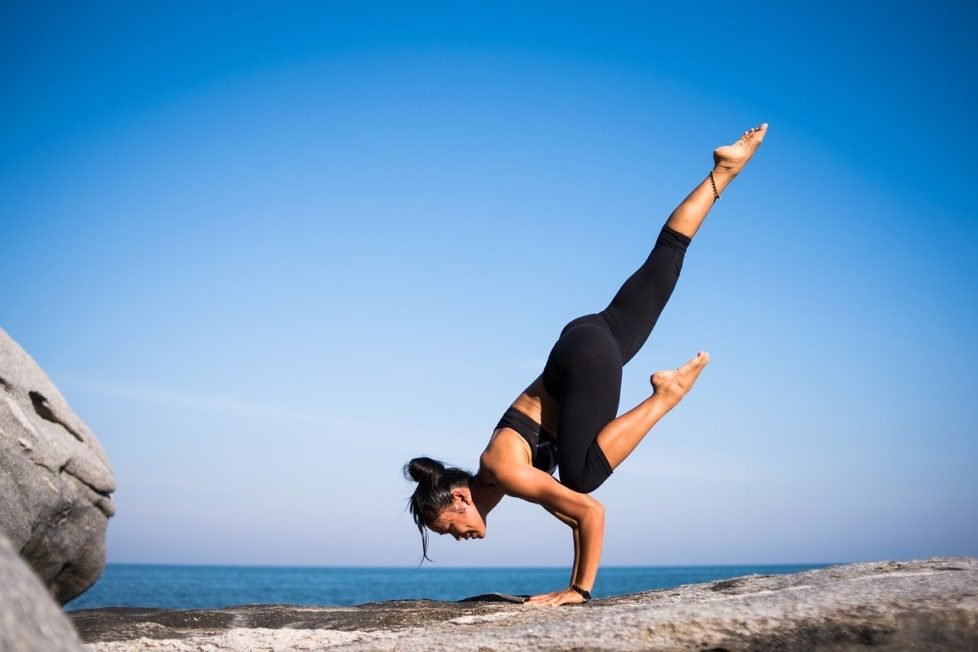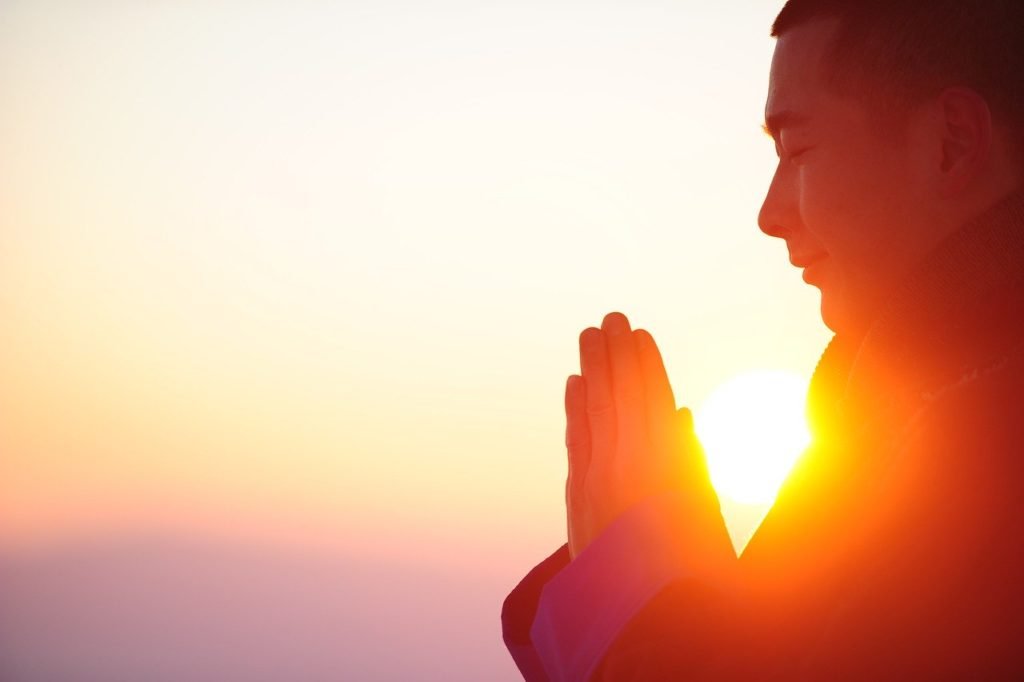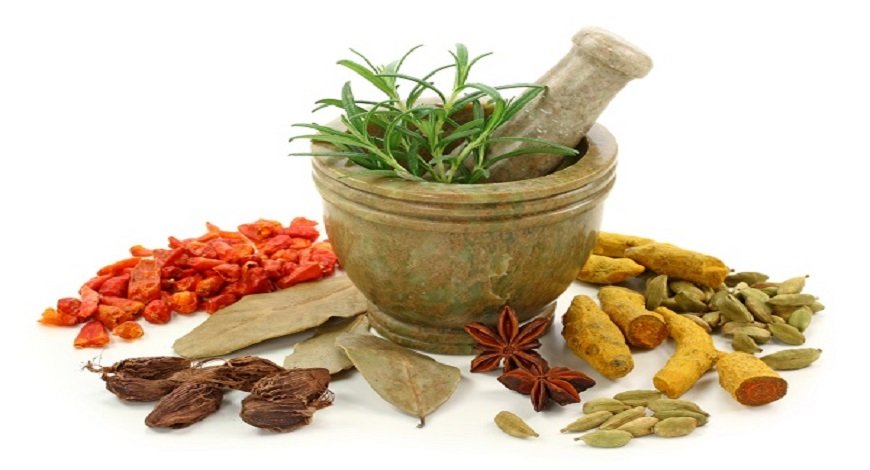The Future of Yoga and Ayurveda: Foresight 2020
The 2020 COVID-19 Pandemic is one such punctuation which will result in establishing a new normal in most aspects of society, especially the way we view and understand physical and mental health.

The 2020 COVID-19 Pandemic is one such punctuation which will result in establishing a new normal in most aspects of society, especially the way we view and understand physical and mental health.

Theories of punctuations in Evolutionary Biology and Social Sciences often understood as tipping points in contemporary culture are events which forever change the status quo. The 2020 COVID-19 Pandemic is one such punctuation which will result in establishing a new normal in most aspects of society, especially the way we view and understand physical and mental health. Governments might demark a specific time-frame and declare the risk of the pandemic over. However, a myriad of experiences from the unprecedented crisis will last for decades to come.
When the Coronavirus epidemic first began I could not help but wonder the situation in the Greek refugee camps which I have experienced first-hand as a yoga teacher and volunteer. This was a professor led study abroad where I guided a group of pre-medical college students for a course titled “Globalization and Health.” Greece’s economy has experienced extreme low-points since 2008 including loss of jobs, dwindling funds for health care and general infrastructure for the natives. This coupled with the unique burden faced by the nation to house refugees which Europe is no longer welcoming presents numerous challenges as well as opportunities for use of non-mainstream health modalities. The dire health care situation is not just endemic to Greece. The entire world is experiencing health care related shortcomings. Comparative medicine also known as Integrative Medicine or Alternative Medicine – depending on which part of the world one is in – such as Yoga and Ayurveda as preventive, holistic, non-invasive and safe tools to boost immunity and enhance overall health.


Yoga and Ayurveda have existed since time immemorial on the Indian Subcontinent. Nations with a rich civilization heritage make use of traditional medicine and so-called grandmother’s knowledge for treating a variety of problems – headache, fever, cough, sprains, back pain, insomnia, stress, anxiety, and a range of other acute conditions. In short, traditional medicine is often considered the first line of defense and seeking biomedical heap – aka going to a doctor – is usually the case only if a condition worsens. We had a chance to interview first responders and health care professionals including groups of doctors, nurses, social workers and volunteers – all in short supply who frequently mentioned using yoga breathing techniques and encouraging good eating and sleeping habits to everyone, including themselves. Medical supplies are often in short supply as is medical staff and refugee patients are often not diagnosed properly given lack of proper paperwork, training, and time allotted to attend to each case, among other challenges. The amount of caregiver burnout, compassion fatigue, depression, trauma and other negative physical and mental conditions are rampant on the islands where people are experiencing a diminished ability to empathize given the direness of the situation and work-related exhaustion. This situation is most likely what each nation will experience during and after the pandemic.
Yoga is a system, an instrument, a philosophy and a science which emphasizes getting to know one’s self. Patanjali is credited to have come up with the Ashtanga (eight-limbed) path outlining discipline of the body internally and externally; focusing on the physical body; the breath and the mind. The eight limbs are – Yama, Niyama, Asana, Pranayama, Pratyahara, Dhyana (Mindfulness), Dharana, and Samadhi. Yoga allows a person to align his/her energies in accordance with the larger existence in order to experience true balance and harmony. There is overlap between yoga and Ayurveda, especially related to purifying the energies within the body via the pancha bhutas or the five elements – water, earth, fire, wind and ether. Similar to the composition of the larger cosmos the human body is also made up of the five elements and according to Ayurveda each person’s physical and mental constitution is unique and dis-ease or lack of ease begins when there is basic imbalance of these elements within the body.

Modern science is trying to clinically test the efficacy of these ancient health modalities, However, from a scientific and Western perspective, a lot of research is needed in order to validate these therapies. Regardless, in a situation where nations are experiencing a shortage of health care professionals and researchers try to map mutations and conduct clinical trials of potential vaccines, preventative health tools such as yoga and ayurveda offer promising results to boost health and therefore immunity. For example, asanas or postures are exercises which help open up the body for life energies to flow more efficiently. Simple pranayamas or breathing techniques efficiently calm the mind. Yoga nidras which are a type of meditative reflection allows one to direct their senses inward allowing the mind-body-spiritual complex to experience healing and ease. Dharna practices, aka mindfulness techniques allow the mind to feel still, however long that may be. Similarly, consuming food on time and as per ayurvedic constitution allows the body to enhance general well-being.
In a time where no one desires to fall prey to the virus, ancient Indian remedies will continue to rise in popularity as holistic, preventative care. Why? These remedies have been around for thousands of years because they simply work.
DISCLAIMER: The author is solely responsible for the views expressed in this article. The author carries the responsibility for citing and/or licensing of images utilized within the text.
